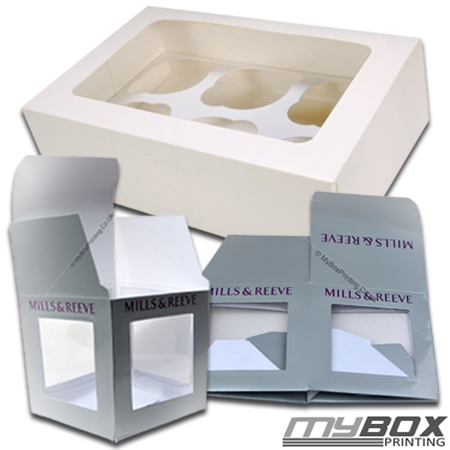Paper bags are made of cardboard, white and brown kraft, artpaper, fancy or textured or other paper stock. Since their invention in 1852, paper bags have been most popular bagging item. Despite being outrun by cheaper plastic bags in 1970s, paper bags have found their way back in everyday life and has since become most favourite packing device for food or retail items due to their longevity and eco-friendly temperament.
History of Paper Bags.
The first paper bags were introduced in 1952 by Francis Wolle (a school teacher in Pennsylvania). In 1871, Margaret E. Knight designed a machine to mass produce flat-bottomed paper bags which had more carrying capacity than of Wolle’s designed bags. Knight’s paper bags were further sharpened by Charles Stilwell in 1883. Stilwell added pleated sides to square-bottom paper bags which made them easier to fold and store. And the modern paper bags with handles were introduced in 1912 by Walter Deubener, a grocer Minnesota.
Types of Paper Bags.
The paper bags are majorly classified into following types.
- Single-Wall Lighter Paper Sacks – are used to carry groceries, fast-food and bakery items, wine, liquor and other OTC items.
- Multi-Wall heavier Bags – are generally used for packing of heavier items like sugar, flour, cement, Seed, fertiliser, animal feed or other related items.
- Zipper Bags – are generally more desired bags in retail, food or gift industry. These bags keep the items in place and air tight.
What Are Paper Bags Made of?
Paper bags can be made of most paper stocks but most commonly used are art paper, fancy paper, textured paper, white kraft or brown kraft paper with PVC or PET display windows and grosgrain ribbon or nylon rope for handles. Brown paper bags are used very often and present a pleasant expression while white bags will highlight the company’s logo and will serve as a great medium of advertisement.
What Are the Benefits of Paper Bags?
Like any other product, paper bags have advantages and disadvantages. Their most astonishing benefit is their ability to be recycled, eco-friendly nature. Below are some of pros and cons of biodegradable paper bags.
PROS:
- Paper bags are made from 100% recycled material and their biodegradability makes them nature friendly.
- Most paper bags can hold out against more weight than their plastic counterparts.
- High quality paper bags add class to products that consumers endear and cherish.
- Personalised paper bags with custom branding and designs offer great source of marketing.
CONS:
- Unlike plastic bags, paper bags aren’t waterproof.
- Production of paper bags is more costly and resource extensive than plastic bags.
- Paper bags are relatively heavier than plastic bags and takes up more space while being stored.



